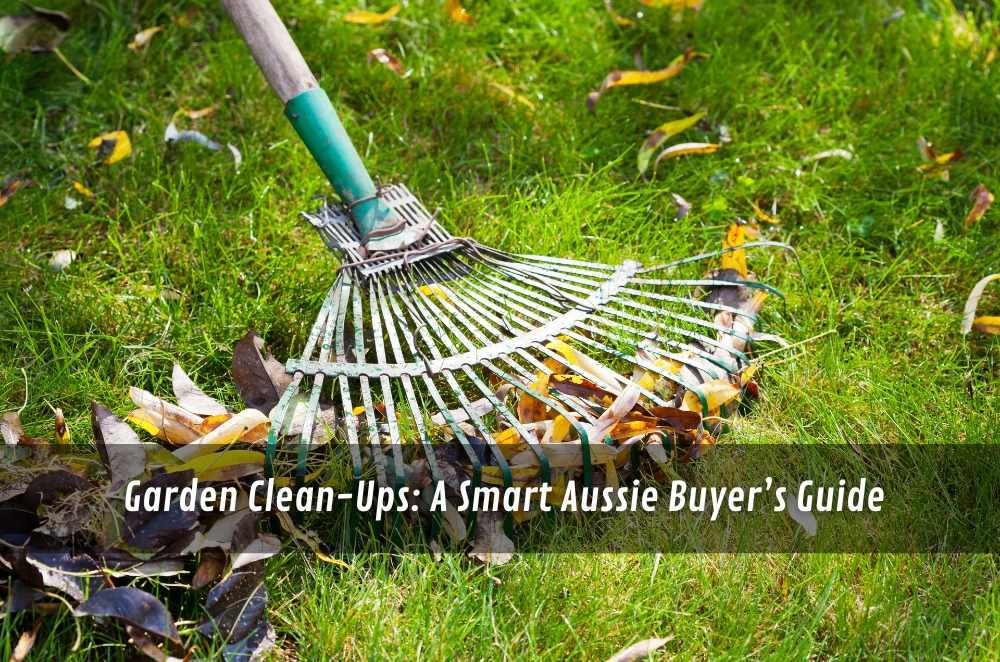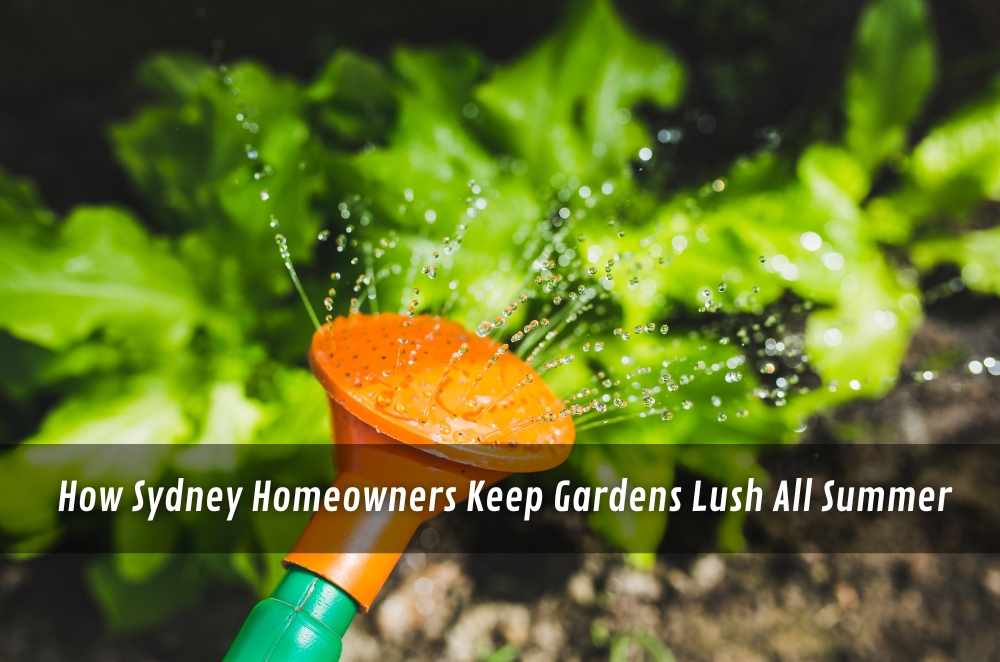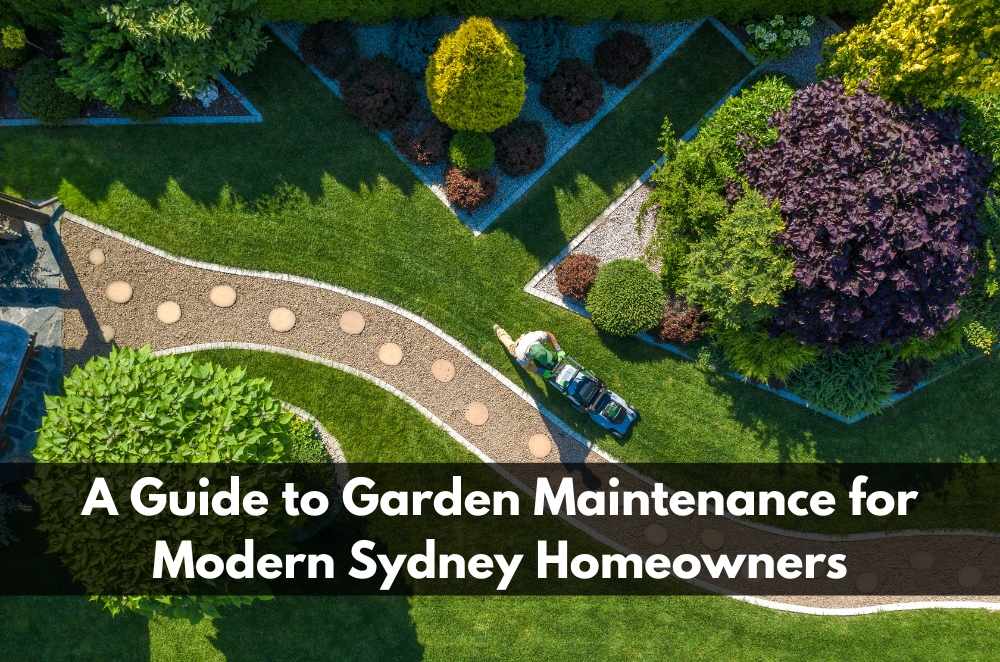
If your yard’s gone a bit wild after a wet spell or you’ve inherited a jungle from the previous tenant, you don’t need a full landscape redesign—you need a tidy, well-planned clean-up. The quickest way to get momentum is to shortlist pros, compare inclusions, and lock in a one-day blitz. If you want a starting point that isn’t just another homepage, search for “garden clean up services near me” for the kind of once-off work (weeding, restoration, green-waste handling) most people actually need.
What a proper garden clean-up includes (and what’s extra)
Not every quote covers the same jobs. Ask for specifics so you’re not haggling on the day.
Weeding & bed resets: hand weeding, hoeing, edge definition, mulch fluffing or top-up.
Hedging & pruning: height caps, shape passes, and deadwood removal; confirm ladder work limits.
Lawn reset: a high cut, edges, and blow-down of paths and hardstand.
Hard rubbish & green waste: bagging, bundling, and removal—plus tip fees where applicable.
Add-ons (usually extra): small tree work, stump grinding, pressure washing, irrigation fixes, and mulch supply.
Tip: Ask for photos in your quote (before/after examples). It sets expectations and gives both sides a reference.
Cost factors you can actually control
Garden clean-ups are usually priced by scope (fixed) or by hourly rate + waste fees (variable). Either way, these levers move the number:
Access & load distance: long hauls to the trailer add time; flag stairs or narrow side gates.
Waste volume: Fresh green waste is bulky. If you can pre-stage sticks and soft prunings, trucks fill faster.
Plant maturity: woody shrubs and neglected hedges take longer to tame than seasonal weeds.
Edge complexity: lots of garden–lawn borders, stepping stones, and curves = more edging passes.
Add-on choices: mulch top-up or pressure wash can be worth it while the crew is already on-site (cheaper than separate call-outs).
A quick, real example
I helped a neighbour in a duplex with a “half-day rescue”: two pros for four hours, focused on front beds, hedges, and the path network. We skipped a mulch top-up (budget tight) but had the crew fluff existing mulch after the weeding. The place looked brand-new for the inspection, and we kept disposal to one trailer load by pre-piling soft cuttings.
How to brief your gardener like a project manager
Clear scope = faster progress = lower cost.
Write the goal in one sentence. e.g., “Street-presentable front yard + safe paths; back yard neat enough for kids.”
Rank your zones. 1) entry/hardstand, 2) front beds, 3) back lawn edges, 4) low-priority corners.
Set non-negotiables. Keep the lilly pilly hedge height; remove jasmine from the fence; leave compost bin materials.
Nominate a finish line. “Stop at 3 pm; final 15 minutes for sweep/blow and photos.”
Give that list to the crew lead when they arrive. It trims the “what next?” moments that kill an hour.
Waste, compliance and doing the right thing
A clean garden shouldn’t create a mess somewhere else. If you’re searching for garden clean-up, use the NSW EPA guidance to sanity-check disposal: separate green waste, avoid contamination (plastic pots, wire), and use lawful facilities. Ask your provider whether they mulch/compost or tip to a licensed site, and get disposal noted on the invoice.
FOGO & council pickups: If you’ve got Food Organics & Garden Organics or scheduled green-waste collections, combine pro labour with your bins to cut trailer loads. Crews can stage heavier timber for your next council pickup while taking soft waste immediately.
One-day blitz: A playbook that works
Here’s a simple sequence I’ve used on rentals and pre-sale tidy-ups:
Hour 0–1: Walk the site; confirm scope; set piles (soft green, woody, rubbish).
Hour 1–2.5: Hedge the front and path-line shrubs; collect as you go to keep access clear.
Hour 2.5–3.5: Weeding + bed re-edge; fluff or top-up mulch if quoted.
Hour 3.5–4.5: Lawn high-cut and edges; blow-down hard surfaces.
Hour 4.5–5: Load trailer; photo check; touch-ups at entry; final sweep.
Small tweak that saves time: designate one person as “edge and clean” during the last hour so the finish looks crisp even if time runs short elsewhere.
Seasonal timing (Australia-specific)
Late summer/autumn: Hedge hard before growth slows; pre-mulch to lock moisture.
Winter: Structure work—shaping, deadwood, and path resets while growth is calm.
Spring: Weed blitz and light hedge passes; avoid heavy cuts right before flowering if you care about blooms.
Wet spells: Prioritise drainage lines, path grip (slime), and high mower settings to avoid scalping soggy lawns.
Safety and neighbour-friendly etiquette
Noise hours: Check local rules for weekend start times; tell neighbours if hedging is on the plan.
Pets & gates: Secure pets; flag any gaps or broken latches.
Hidden hazards: Old irrigation heads, cables, stumps—point them out to avoid damage and delays.
Chemical use: If herbicides are needed for stubborn weeds, discuss options, labels, and re-entry times.
How to compare quotes fairly (apples with apples)
Ask each provider to break out:
Labour (crew size × hours)
Green-waste removal (trailer size/number or weight)
Materials (mulch, soil, plants)
Extras (pressure wash, small tree work)
Photos on completion
Then compare the cost per productive hour and what gets done in that time. A team of two experienced gardeners with a sharp scope often beats a larger crew without a plan.
Simulated first-hand: the “pathway rescue”
On a small strata block, the main complaint was slippery paths. We scoped a 3-hour mini-clean: cut back encroaching plants, edge the turf hard off the pavers, and pressure wash only the worst trip zones. Residents stopped slipping, and we deferred the full wash until the next levy cycle. Spending followed safety.
What to do yourself (to stretch the budget)
Pre-stage soft waste near access (not on lawns that need mowing).
Move pots & furniture off decks and paths before the crew arrives.
Mark “keep” plants with ribbon so there’s no confusion.
Top up bins the night before with your own prunings; saves a fraction of a trailer load.
Helpful cross-links for editors (placeholders)
If you’re building a content cluster for homeowners:
For readers planning a one-time spring reset, consider a one-off garden clean-up.
For a neutral explainer on pricing variables and waste fees, reference the garden clean-up cost.
Quick checklist (copy, paste, hand to your gardener)
Goal in one sentence + ranked zones
Photos of trouble spots (hedge tops, path slime, tangled beds)
Access note (gates, stairs, parking)
Waste plan (bins vs trailer; lawful disposal)
Finish line (time cap + 15-minute final clean)
Before/after photos on the invoice
Final thoughts
A great garden clean-up is less about brute force and more about clarity: clear scope, clean edges, and a disposal plan that won’t bite you later. Stage what you can, hire for the heavy lifting, and lock a finish line so the last fifteen minutes are polish—not panic. For a practical services overview, start with garden clean-up services and make sure your provider handles green waste in line with EPA guidance via garden clean-up nearby. Do that, and even a wild yard can look intentional by sunset.











Write a comment ...